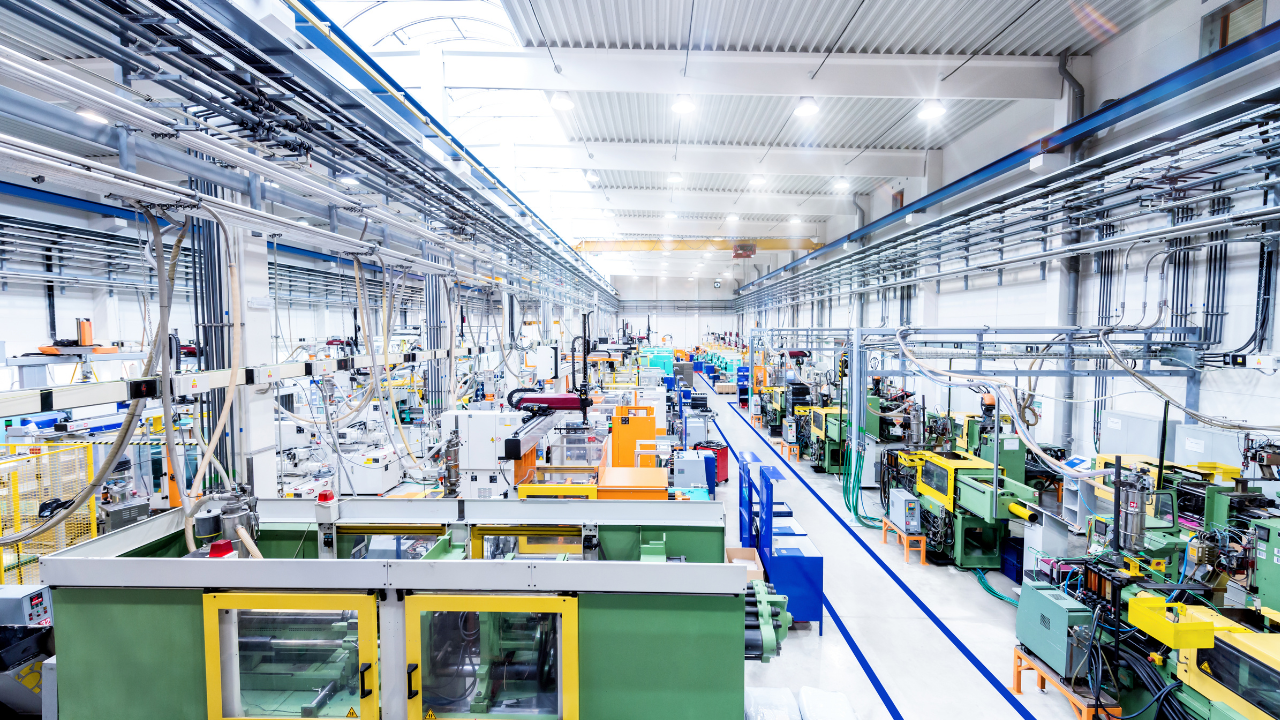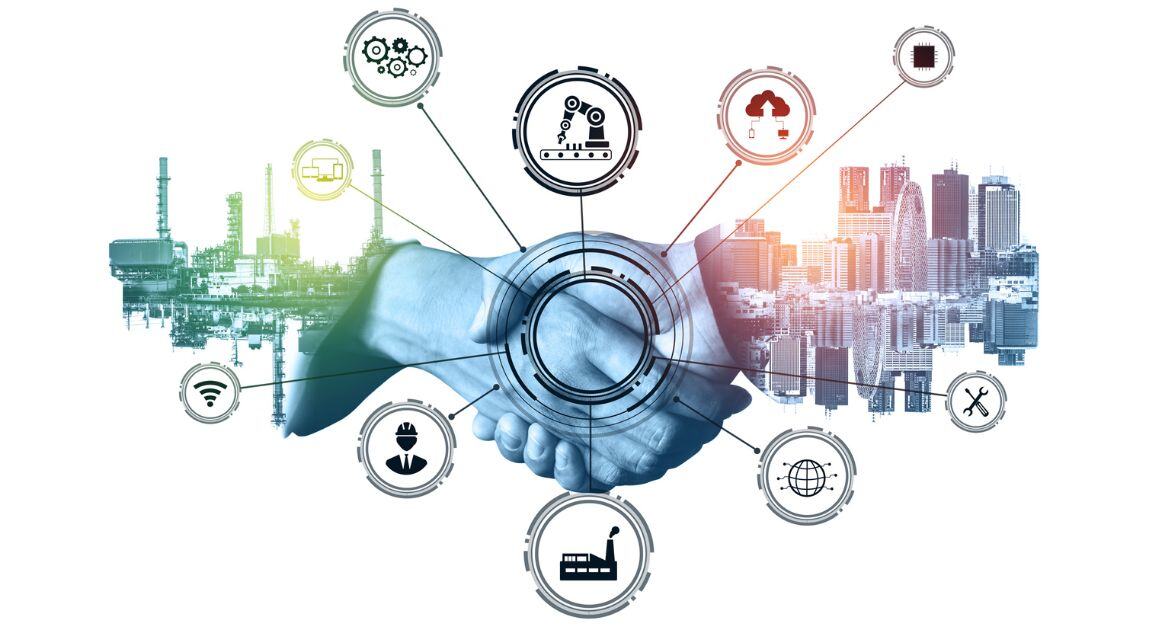Author: Lubin Hoque, Sales Director, Cooper Software.
5 Essential Features Your Energy, Utilities & Resources ERP Must Have

Author: Lubin Hoque, CRO, Cooper Software.
The energy, utilities and resources (EU&R) sector continues to prioritise digital transformation to drive meaningful operational efficiencies – all while meeting the growing rise in energy demand and tackling climate change.
Therefore, EU&R organisations can expect significant change in the coming years, some of which will impact their technology investments and existing systems. The landscape is likely to shift towards integrated systems with embedded artificial intelligence (AI) and automation. Water management is becoming a business imperative, with sensor and smart meter deployments increasing. Carbon capture and storage (CCS) practices will also likely increase.
By leveraging enterprise resource planning (ERP) software, organisations in the EU&R sector will be well-equipped to strategically utilise operational intelligence across all areas of their operations. Here are five things to look out for:
- A comprehensive, flexible, and industry-specific solution
Assure that everything is one integrated enterprise platform. The functional depths of encompassing best-of-breed asset management, projects and field service capabilities means that users can operate from one single source of truth. Significantly, this means better performing assets, balancing of supply and demand, streamlining the supply chain, complying with ever-changing regulations, and increased customer satisfaction.
In an industry known for fierce competition and customer satisfaction being paramount, an ERP system should provide EU&R companies’ competitive edge.
- Improved workforce planning and scheduling
In a customer-centric industry any loss of service is unacceptable. The technology stack should help keep the lights on…water running… gas burning and so on. It must ensure the most exceptional service and minimise any downtime. Change is constant, so scheduling should match.
For true efficiency and to meet the challenges faced by EU&R companies, the ERP system should enable users to balance competing priorities with incoming jobs and traffic, while looking for opportunities to combine jobs and planned maintenance.
- Consistent and intuitive user experience
User experience should hit these two critical reasons. In turn, these benefits can be passed onto customers. This allows projects to get done quicker and in the most optimal way. This matters for two reasons:
1. Happy users that love to use the system record better quality data enabling the organisation’s leadership to make better strategic decisions2. Consistent user interface – regardless of whether a team is requesting annual leave or completing a high-profile work order – reduce training overhead and increase the speed at which new tools are adopted.
- Optimised asset performance and safety
By combining a flexible, enterprise asset management (EAM), field service management (FSM), mobile workforce management (MWM) and ERP solution tailored to the needs of the industry – staying in complete control of operations is assured.
- Meet your sustainability goals
An ERP system should not only understand these challenges, but actively design the solutions to meet their complex and demanding nature by enabling agility and reacting on demand.
The drive to net zero is coinciding with the need to manage and reduce operational costs, while maintaining the reliability, safety, and operation of existing assets. Also, the need to meet
new challengers potentially entering the market, adopting new technologies and changing consumer demands – provides a perfect storm for not meeting sustainability goals.
The energy, utilities and resources sectors have an interesting journey ahead of them.
IFS provides a single platform that allows users to design, construct, operate and maintain an asset/project utilising one source of truth. Comparatively to the market this allows users to significantly reduce the complexity of their business system landscape. So rather than having 50 different systems they can use one solution that brings it all together.



